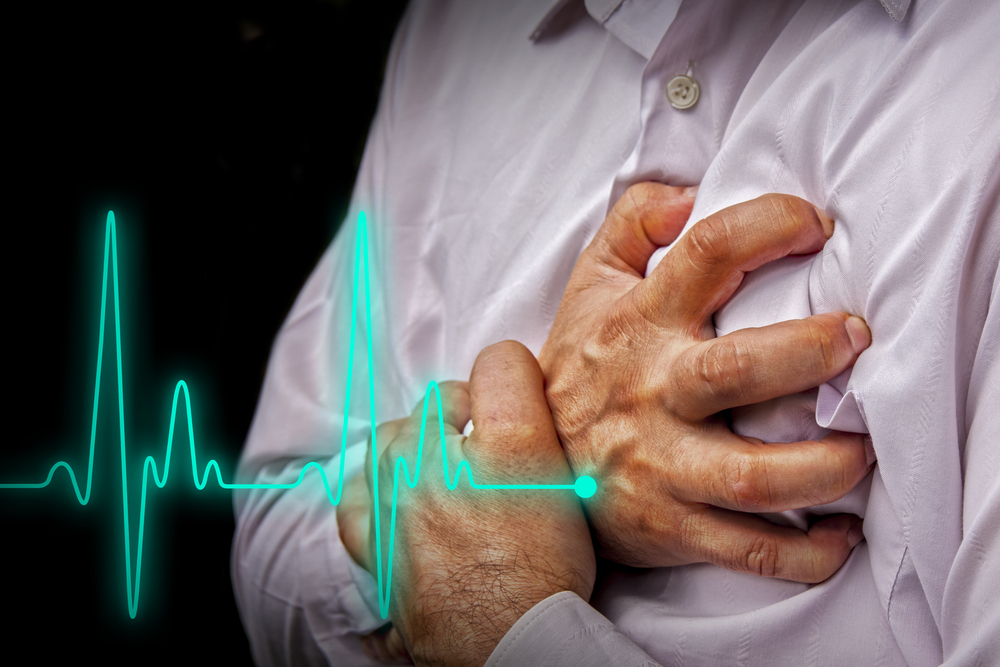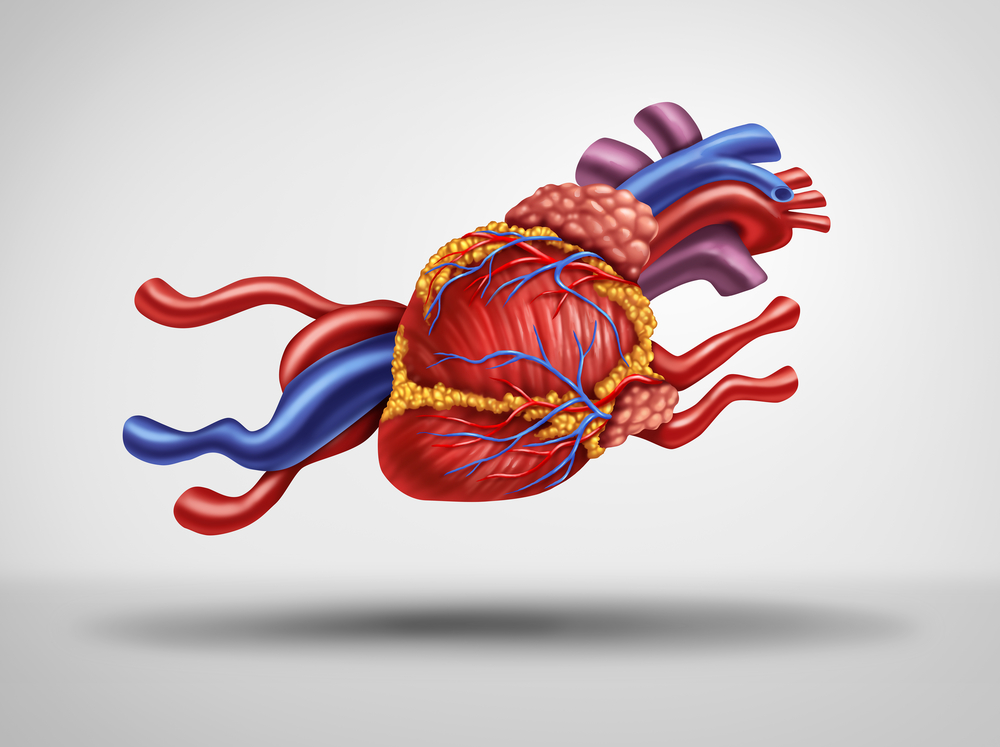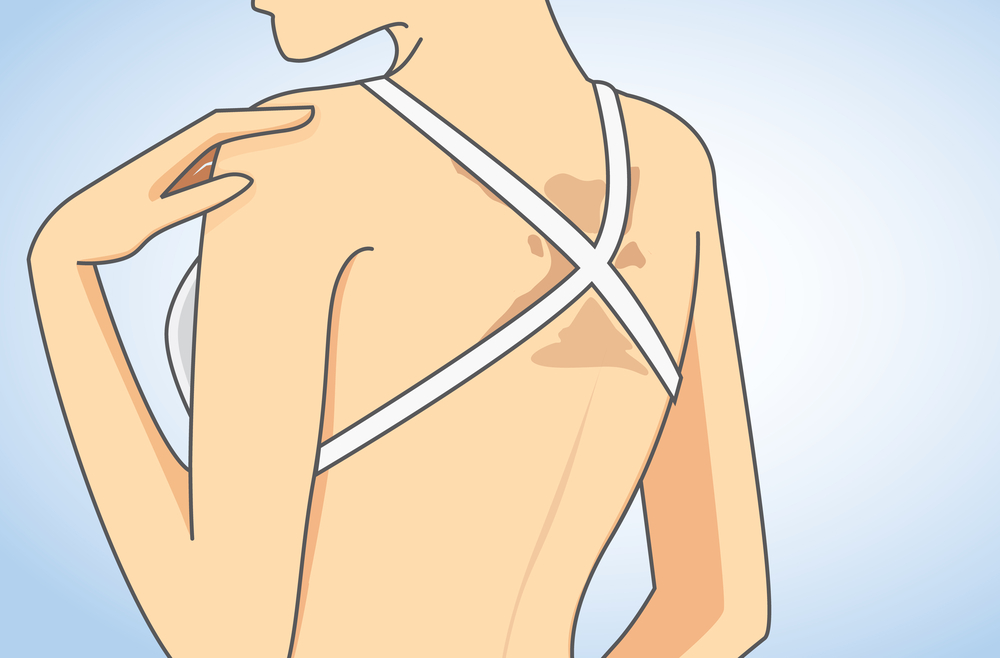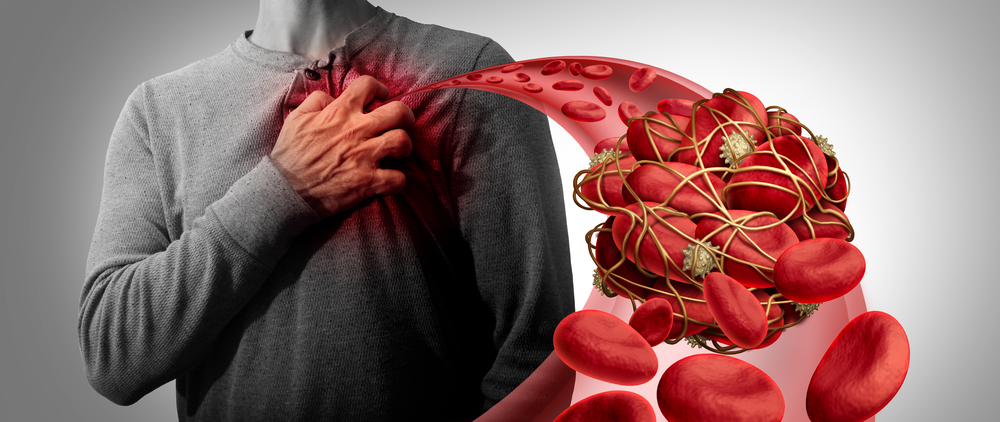According to the American Society of Hematology, coagulation or blood clothing is a significant process when a blood vessel is injured because it prevents excessive bleeding. The proteins in your plasma, or the liquid part of blood, and a type of blood cell called platelets form a clot over the injury by working together to stop the bleeding. It’s important to note that clots can occur in arteries or veins, which are part of the body’s circulatory system, by existing as vessels.
Research shows that the risk factors for a venous clot to be developed are different from those for an arterial clot. As a result, those people who are at risk for getting one are not necessarily at risk for getting the other. Additionally, blood clots are also known as thrombi. They form when our blood components, such as fibrin and platelets, create a gel-like mass. These clots impede the normal flow of blood when they occur within blood vessels, potentially resulting in severe medical conditions. Therefore, you must be aware of the possible symptoms you might have because of a blood clot.
Shortness of breath

When the clot has traveled to the lungs, causing a pulmonary embolism (PE), shortness of breath can be a potential symptom of a blood clot. According to UChicagoMedicine, patients may have more than one pulmonary embolism at a time wherein blood clot becomes the cause that breaks up into smaller pieces.
However, it’s important to note that not everyone with a pulmonary embolism can experience other symptoms of blood clots aside from shortness of breath. Blood clot symptoms can be a rapid heartbeat, difficulty breathing deeply, or coughing with discolored mucus. The severity can differ from mild to severe. Which is why it’s crucial to seek medical attention immediately when you experience sudden or unexplained shortness of breath, especially if it’s partnered with chest pain or coughing blood.

Chest pain

Chest pain can be a potential symptom of a blood clot. A condition called coronary artery thrombosis or coronary thrombosis can be the result when a blood clot obstructs the coronary arteries that supply blood to the heart. This occurrence will eventually lead to discomfort, known as angina or chest pain. According to the American Lung Association, chest pain is worse than breathing, and it’s so sharply felt you may think that you’re suffering from a heart attack.
But chest pain can have various causes other than blood clots, such as heart-related issues or angina due to a heart attack or coronary artery disease. It’s important to immediately see your doctor when you experience sudden chest pain, especially if it’s accompanied by dizziness or if it radiates to other parts of the body.

Rapid heartbeat

It’s essential to keep in mind that rapid heartbeat can sometimes occur as a secondary response to certain blood clot types or related complications. So it’s not typically a direct symptom of a blood clot. According to the National Blood Clot Alliance, a patient shared their story about having a deep vein thrombosis (DVT) in their left leg behind the knee. They were told to stay still when their heart started to race to a rate of 160-180 for an hour the following day. The fast heart rate is called supraventricular tachycardia, which the patient carries numerous times in their life.
Thankfully, the heart rate of the patient went back to normal almost an hour later. This is why it’s important to note that rapid heart rate can also be a pulmonary embolism (PE) symptom. Additionally, deep vein thrombosis (DVT) can cause inflammation and potential damage to the vein. But it’s also important to know that other than being a symptom of blood clots, rapid heartbeat can have various causes, such as exercise, anxiety, and other particular medical conditions.

Dizziness or lightheadedness

According to Nao Medical, a blood clot can disrupt blood flow when it forms in the brain as well as oxygen supply. This can eventually cause confusion, dizziness, and other neurological symptoms. Blood clots are connected to dizziness when blood flow to the inner ear becomes affected. The inner ear is responsible for spatial orientation and balance. This is why any blood flow disruption can lead to vertigo or dizziness.
Moreover, blood clots can lead to other complications, such as pulmonary embolism and anemia, which may cause dizziness or lightheadedness. A decrease in oxygen reaches the brain due to pulmonary embolism. This can be the result of experiencing dizziness. On the other hand, significant blood loss can lead to anemia. This is a condition that’s characterized by a decrease in the quantity of hemoglobin or red blood cells. Due to oxygen-carrying capacity, anemia can lead to dizziness or lightheadedness.

Severe headache

When a blood clot affects the brain, severe headache becomes a possible symptom. Ischemic stroke refers to the blood clot in the brain, which can lead to symptoms such as changes in headache patterns, loss of consciousness, and neurological symptoms. A study published in BMJ Journals shows that headache is the first and most frequent symptom of cerebral venous thrombosis (CVT).
According to John Hopkins Medicine, cerebral venous thrombosis (CVT) occurs when a blood clot forms in the brain’s venous sinuses. This forbids blood from draining out of the brain. Blood cells may leak blood into the brain tissues and may break to form a hemorrhage as a result. However, it’s still important to keep in mind that not all headaches are related to blood clots.

Numbness or weakness

According to Healthline, a blood clot in your brain can consist of various symptoms of a stroke. This can be paralysis and numbness or weakness in the leg, arm, and face, especially on the side of the body. On the other hand, transient ischemic attack (TIA), sometimes called a mini-stroke, occurs when a blood clot blocks blood flow to the brain temporarily. Hemiparesis or numbness or weakness on one side of the body can be a potential symptom of this condition.
Moreover, deep vein thrombosis (DVT) happens when a blood clot forms in a deep vein like the leg. This can cause swelling, pain, and potential numbness in the affected area. It can also impede blood flow, which can occur if the clot restricts circulation or compresses nearby nerves.

Abdominal pain

In a study published in the National Library of Medicine, a patient exhibited two odd manifestations: ST-T elevation in anterior precordial leads and right upper quadrant abdominal pain while having a pulmonary embolism (PE). This case shows that one should always consider pulmonary embolism as a possible cause of right upper abdominal pain. With that being said, abdominal pain can be a possible symptom of a blood clot.
Abdominal pain may arise in clot-related conditions such as mesenteric ischemia and portal vein thrombosis. Blood clots that form in the mesenteric arteries can lead to a condition known as mesenteric ischemia, which supplies blood to the intestines. You can experience severe abdominal pain, often described as colicky or crampy, accompanied by vomiting, diarrhea, and nausea. On the other hand, portal vein thrombosis happens when the portal vein carries blood from the digestive organs to the liver, where a clot forms this vein. You can experience abdominal pain in the upper abdomen.

Swelling

According to WebMD, swelling can be a potential symptom of a blood clot. This can occur in the exact spot, particularly in blood clot formation. Moreover, your entire arm or leg could puff up. Swelling can indicate the presence of a blood clot in conditions such as deep vein thrombosis (DVT), superficial thrombophlebitis, and lymphatic system impairment. Swelling can occur in the affected limb when a blood clot forms in a deep vein, specifically in your pelvis or legs.
Superficial thrombophlebitis is a condition that involves the formation of a blood clot in an external vein close to the skin’s surface. This can result in warmth, tenderness, swelling, and redness along the vein that’s affected. While in rare cases, blood clots can lead to lymphedema when it obstructs the lymphatic system. This condition causes persistent swelling in your leg or arm.

Pain or tenderness

Pain or tenderness can be a possible symptom of blood clots, particularly when associated with deep vein thrombosis (DVT). According to the National Blood Clot Alliance, one of the symptoms of DVT is leg pain or tenderness, often described as a cramp or Charley horse. Additionally, the pain may be described as a throbbing sensation that can worsen with movement or pressure. The skin over the clot may look red or feel warm.
On the other hand, pulmonary embolism is also associated with pain or tenderness as a symptom. Chest pain or discomfort can be the result of a blood clot traveling to the lungs, which causes pulmonary embolism. The pain may be stabbing and sharp and worsen due to coughing and deep breaths. Therefore, it’s advisable to consult a healthcare professional for a proper diagnosis if you experience persistent and severe pain due to a blood clot.

Warmth and redness

You don’t have to worry too much about the fact that a bruise is a type of blood clot, according to Prevention. It’s also true that you can’t see a deep vein thrombosis (DVT). You’re more likely to see red despite the possibility of seeing some bruise-like discoloration. A DVT makes your leg or arm feel warm to the touch and causes redness in the affected limb.
However, a blood clot can result in a secondary infection called cellulitis in some cases. This condition can cause swelling, pain in the affected area, and redness. This often occurs when bacteria enter your body through a break in the skin. An underlying blood clot often causes this.

Skin discoloration

While skin discoloration may not be a direct symptom of blood clot formation, blood clots can lead indirectly to skin discoloration because of other mechanisms. Hyperpigmentation or skin discoloration can be a potential symptom of deep vein thrombosis (DVT), according to the Frankel Cardiovascular Center. This symptom is caused by the breakdown of red blood cells as they travel through its high-pressure area.
In this area, the skin causes itching when it becomes flaky or dry. Irritation and continued inflammation can result in eczema, skin breakdown, and the development of skin ulcers. It’s important to note that ulceration happens more often in the inside part of the ankle. The margins often have an uneven base with irregular margins.

Unexplained cough

An unexplained cough can be a possible symptom of a blood clot. According to the Prevention website, Dr. Navarro believes that some people can cough up mucus or blood, aside from being dry. A study published in the National Library of Medicine presented 9 cases of pulmonary embolism. This condition is manifested by a symptom that suggests an irritating cough because of a viral upper respiratory tract infection.
Furthermore, this study proposes that pulmonary embolism should be considered in cases where an irritating cough is present which doesn’t respond to normal chest X-ray, inhaler treatment, and d-dimer positive. Keep in mind that cough readily responds to anti-inflammatory and bronchodilator therapy and is often caused by an upper respiratory viral infection.

